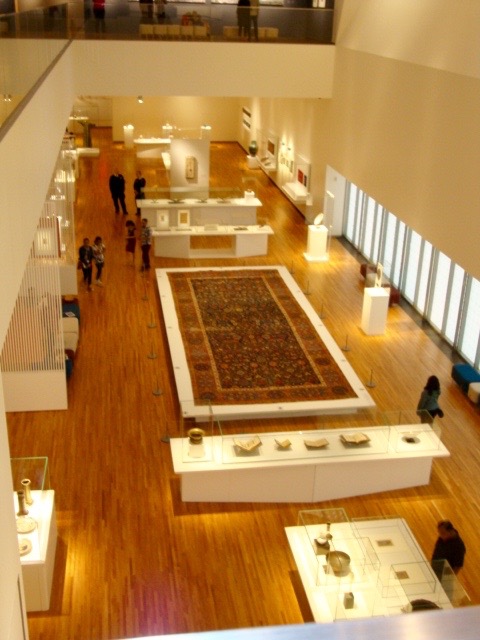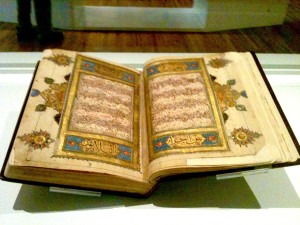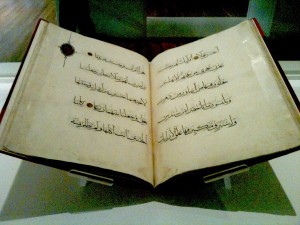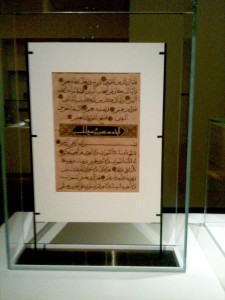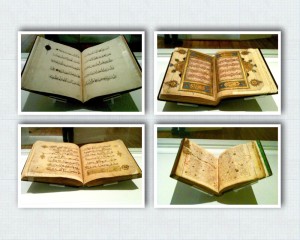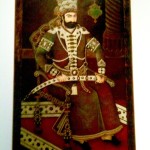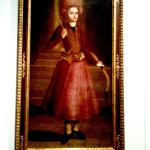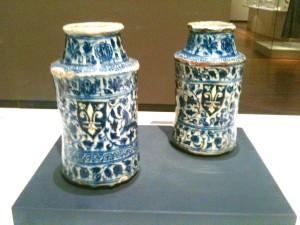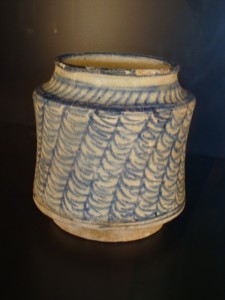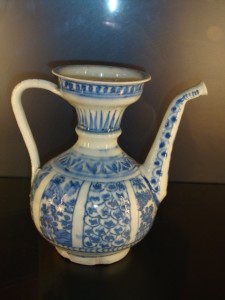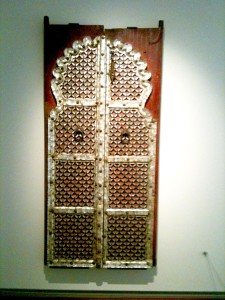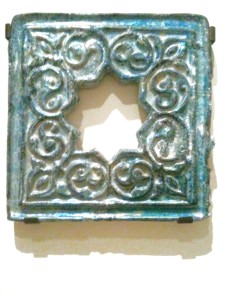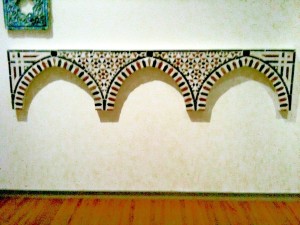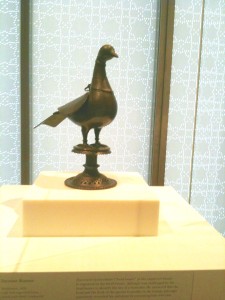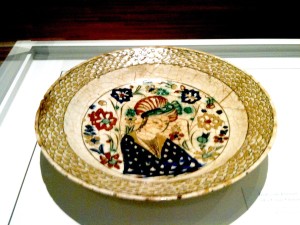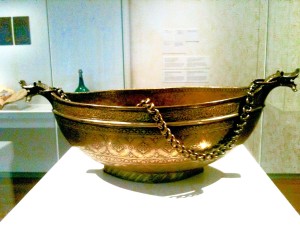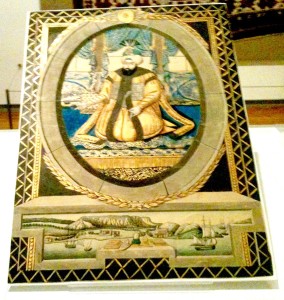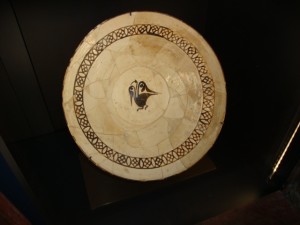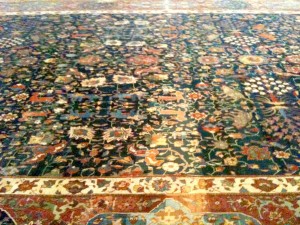Museums are interesting places and this is true of Toronto’s Aga Khan Museum. In an earlier post, I shared images of the buildings showing the architectural layout and the Aga Khan Park. This post showcases some of my favourites from the collection. Above are some of the Korans that were on display. The Koran is the “Holy Book” for people who are Islamic. The word “Islam” is derived from the word meaning “peace” in Arabic. Islam is a religion revealed to mankind with the intention of presenting a peaceful life where the infinite compassion and mercy of God manifests on earth. God calls all people to live by the moral values He sets so that compassion, mercy, peace and love can be experienced all over the world. (www.goodnewsnetwork.org)
Here is a verse from the Koran:
“O You who believe! Enter absolutely into peace (Islam). Do not follow in the footsteps of satan. He is an outright enemy to you.” (Holy Quran: 2, 208)
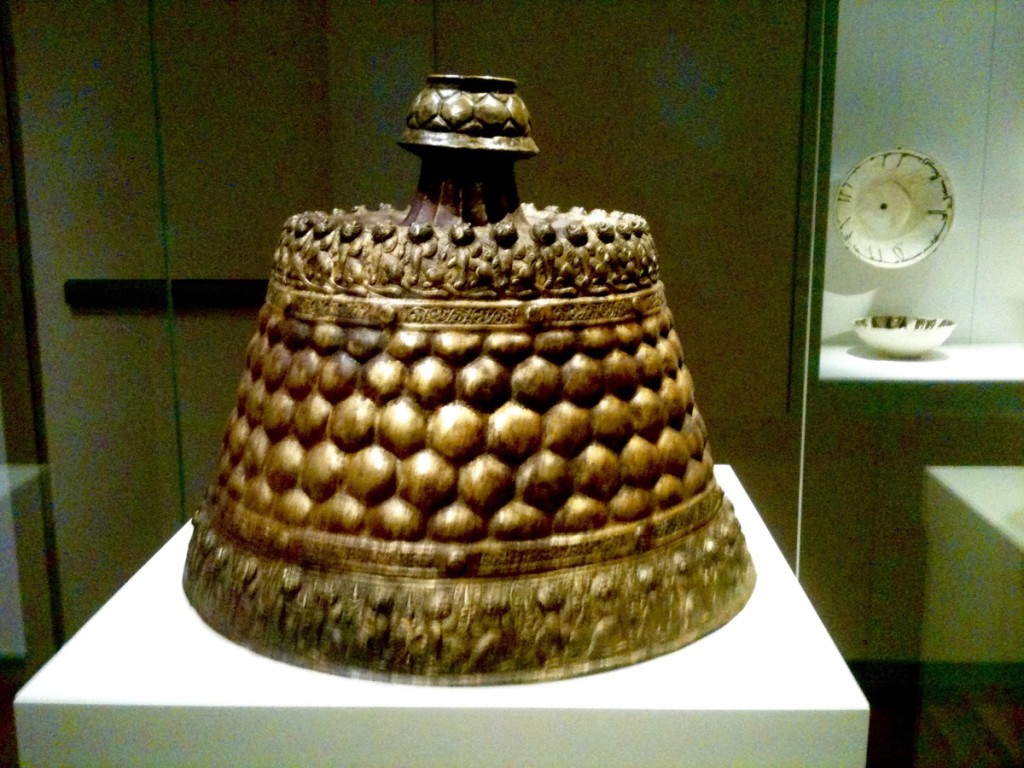
Islamic civilization was influenced by other countries and cultures. We have this rare opportunity here to see evidence of this at the Aga Khan Museum. With the Ismaili Centre right on site, we can learn too about how Canada welcomed the Ismailis (refugees) in the late 70’s and helped them to be successful and integrate into Canadian society. “Museums have no political power, but they do have the possibility of influencing the political process. This is a complete change from their role in the early days of collecting and hoarding the world to one of using the collections as an archive for a changing world. This role is not merely scientifically important, but it is also a cultural necessity.” (Author: Richard Fortey)

The ceramic collection at the Aga Khan depicts the mastery and skill of Islamic artists and craftsmen. The colours and patterns are striking and unique. Throughout the ages mystics & theologians have used geometry as a contemplative focus, as it enables the viewer a vision of the underyling order of both the cosmos and the natural world . The cyclical movement of heavenly bodies, which Plato described as the ‘music of the spheres’, finds its Earthly reflection in the natural symmetries found throughout nature and most strikingly within the world of flowers, the proportions of which are governed by simple geometric laws. The origin of the word ‘cosmos’ is adornment (from which we derive the modern word ‘cosmetics’) and the adornment of sacred buildings with both floral and geometric patterns makes the viewer sensitive to the subtle harmonies uniting the natural world around us with the cosmos. In Islamic art the geometric figure of the circle represents the primordial symbol of unity and the ultimate source of all diversity in creation. (artofislamicpattern.com)
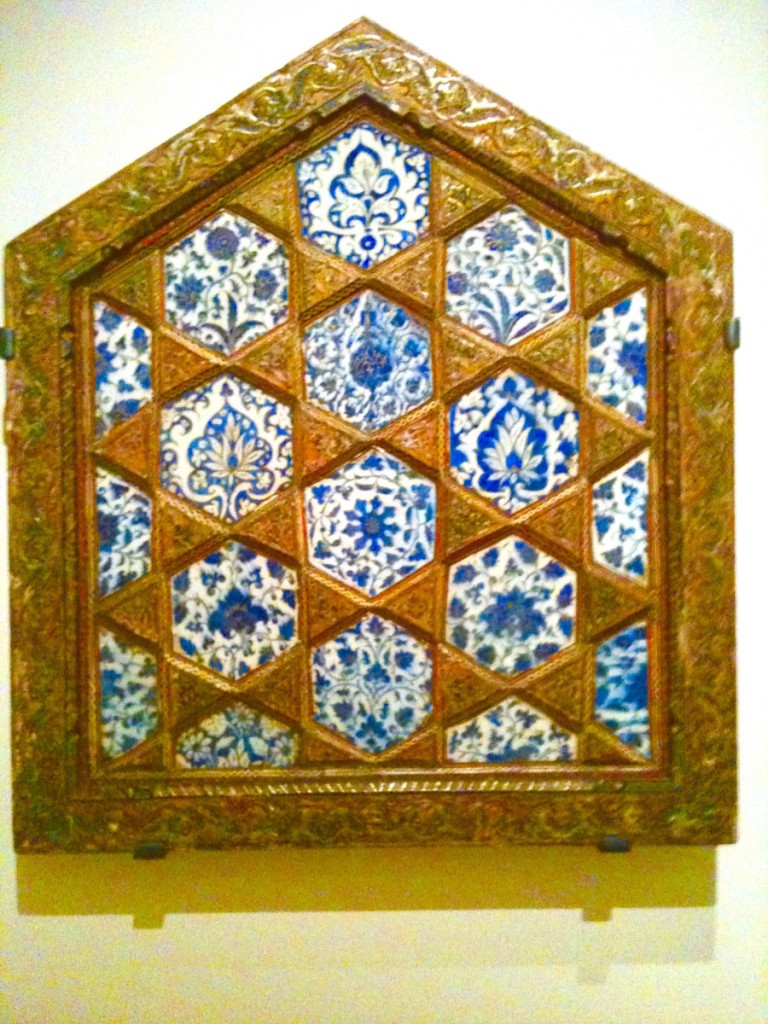
I came across an interesting article: New Discoveries in the Islamic Complex of Mathematics, Architecture and Art, by Salim Al-Hassani. You can google it to read more about Islamic Art.
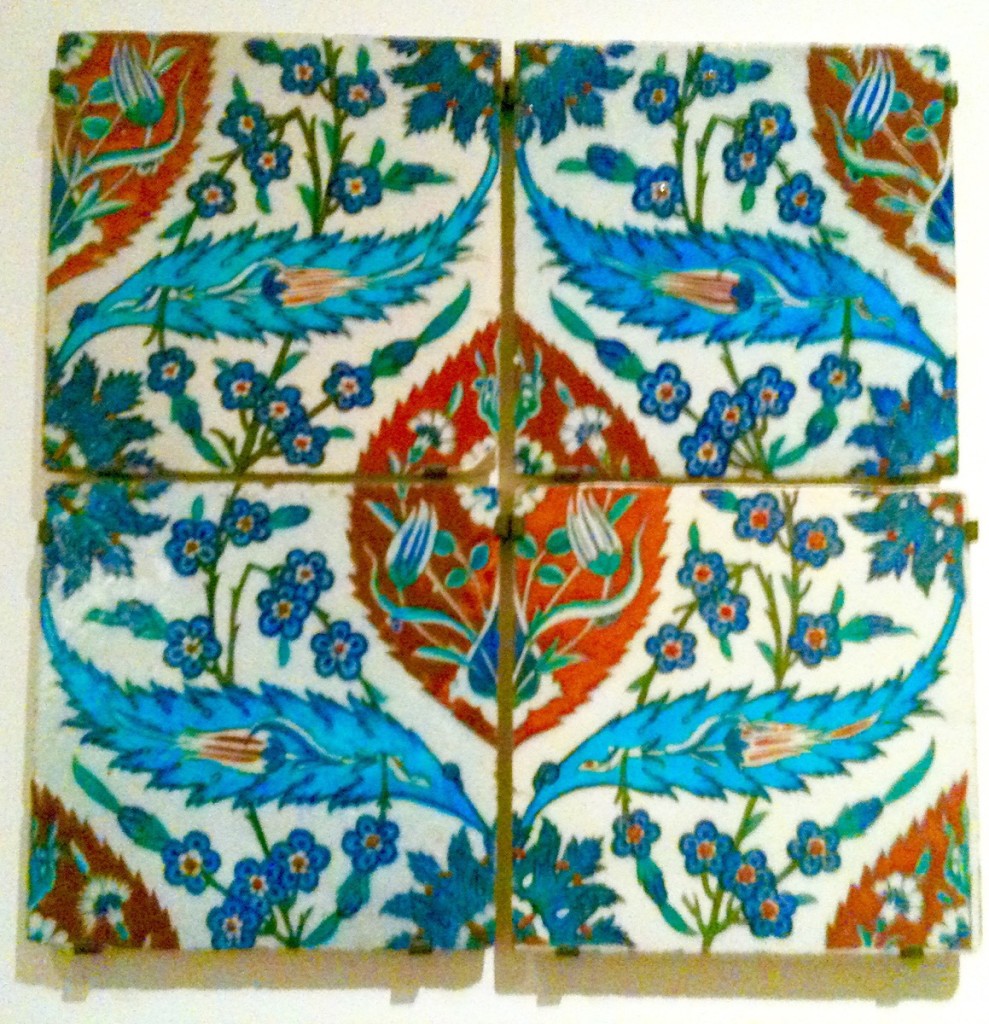
Beautiful, colourful, floral design work here – a repeat pattern!
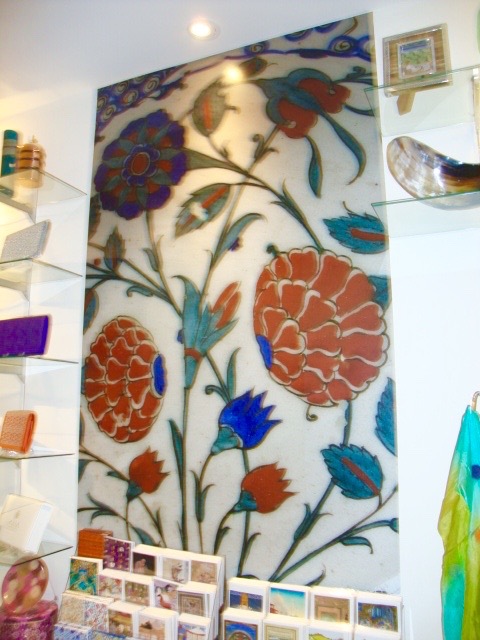
This huge tile panel is on a wall in the bookstore.
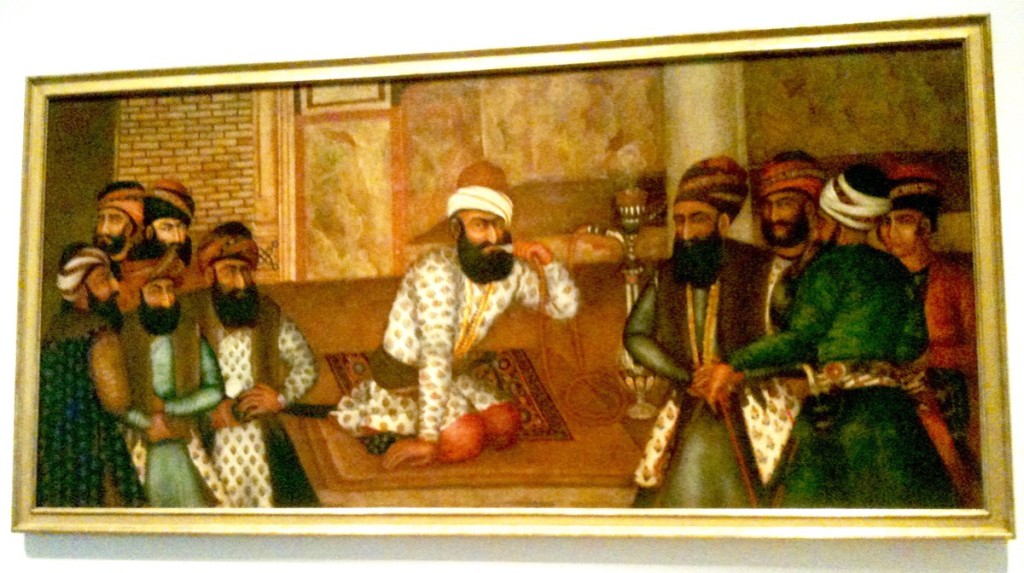
Some of the paintings at the Aga Khan.
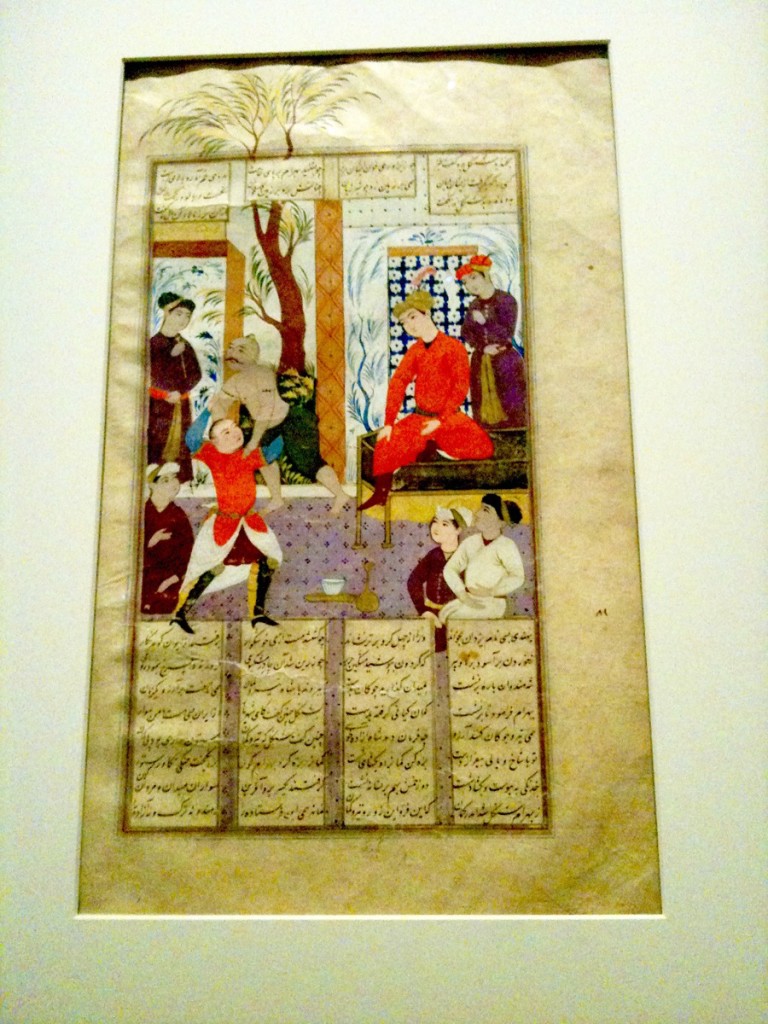
To shorten this post, I will just show some more of the images I took there without comment or added information. For more information on Islamic Art, you can read the article I mentioned above earlier.
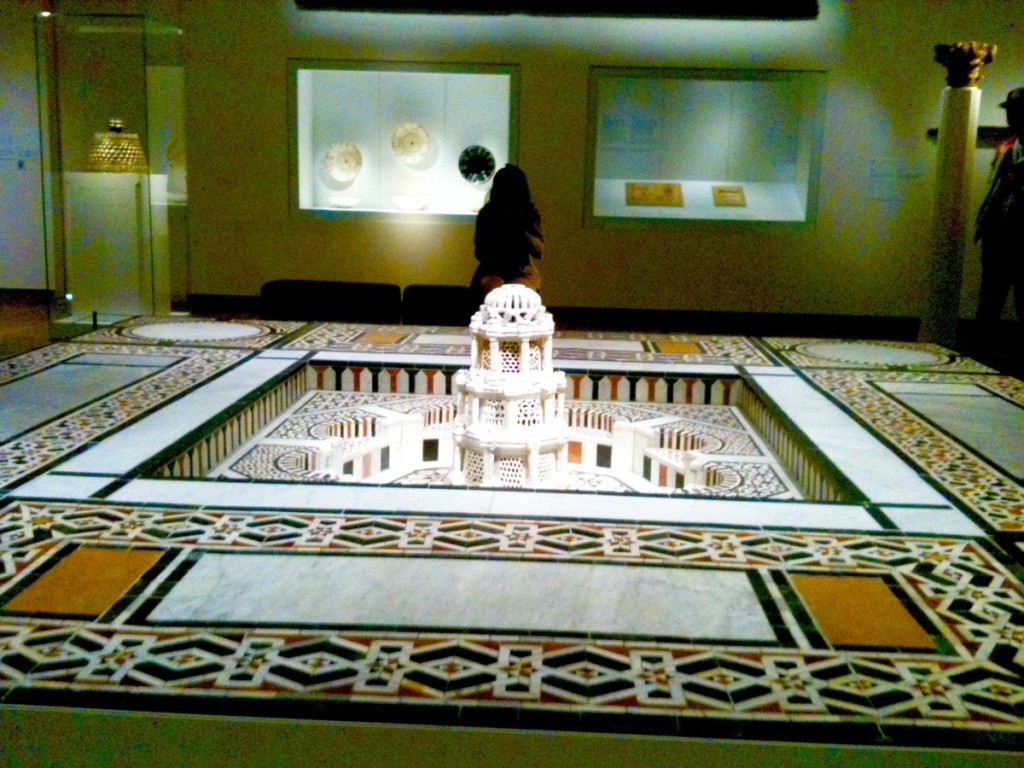


My last image is of the huge Iranian carpet displayed in the Museum. Here is some information about the carpet that I read while I was there. This carpet ranks among the greatest masterpieces of Iranian design produced in the royal “House of the Book” (Ketabkhaneh) under Shah Tahmasp (1524-1576). The main field depicts the world as a royal garden fit for “paradisiac” ceremonies. At the bottom, stags stand on either side of a blossoming tree and look up at confronted peacocks.
Maybe, you too will want to visit the Museum if you’re anywhere close by.
